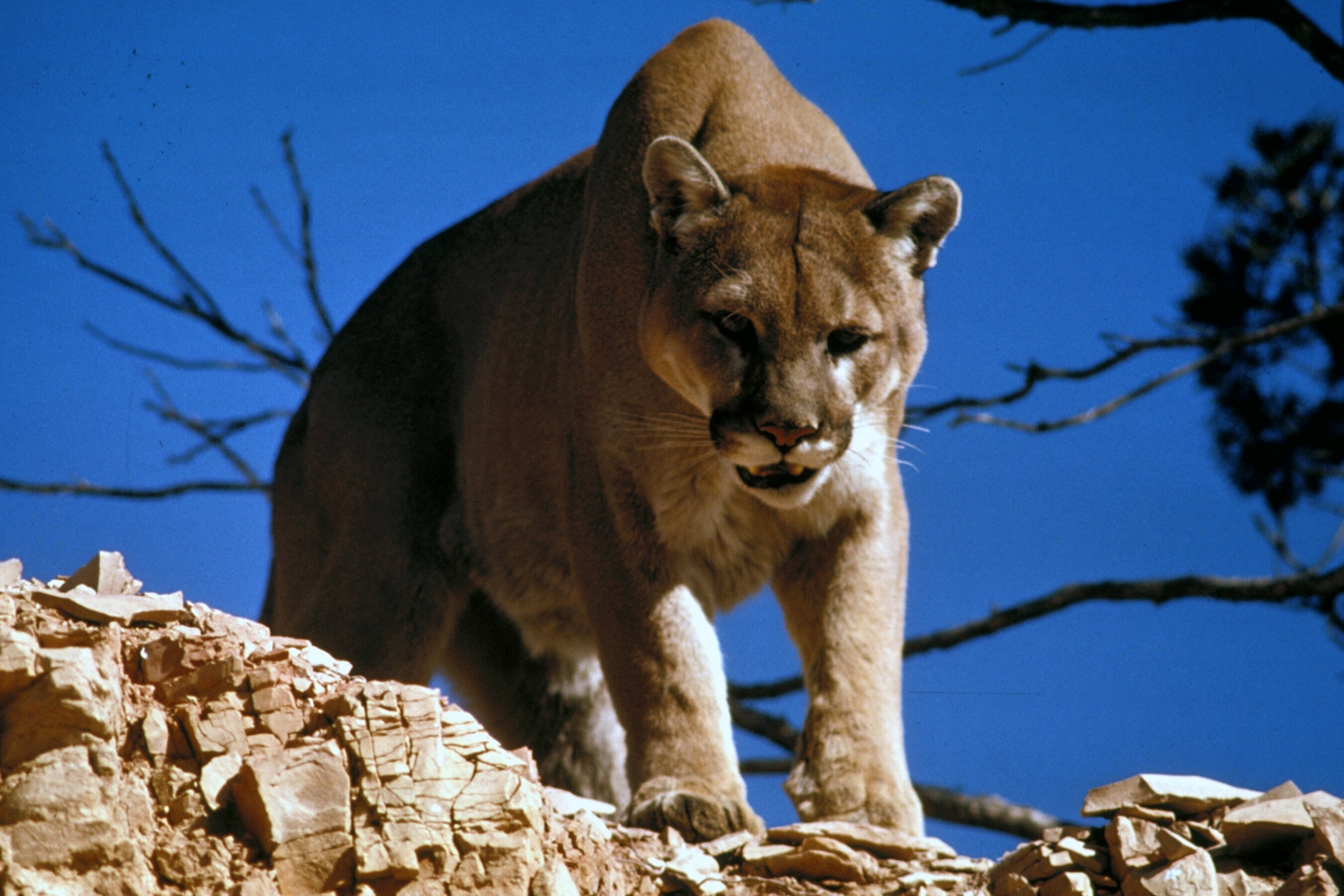In the intricate web of ecological relationships, predator-prey dynamics stand as fundamental forces shaping natural communities. Among these relationships, the interaction between mountain lions (Puma concolor) and deer populations represents one of North America’s most significant ecological balancing acts. As apex predators, mountain lions play a crucial role in regulating deer numbers through direct predation, creating what ecologists call a “trophic cascade” that affects everything from forest vegetation to smaller animal communities.
This natural mechanism of population control has evolved over millennia but faces modern challenges as human activities increasingly fragment habitats and alter predator-prey relationships. Understanding how mountain lions influence deer populations isn’t merely an academic exercise—it offers critical insights for wildlife management, ecosystem health, and human-wildlife coexistence in an increasingly crowded landscape.
The Natural Predator-Prey Relationship
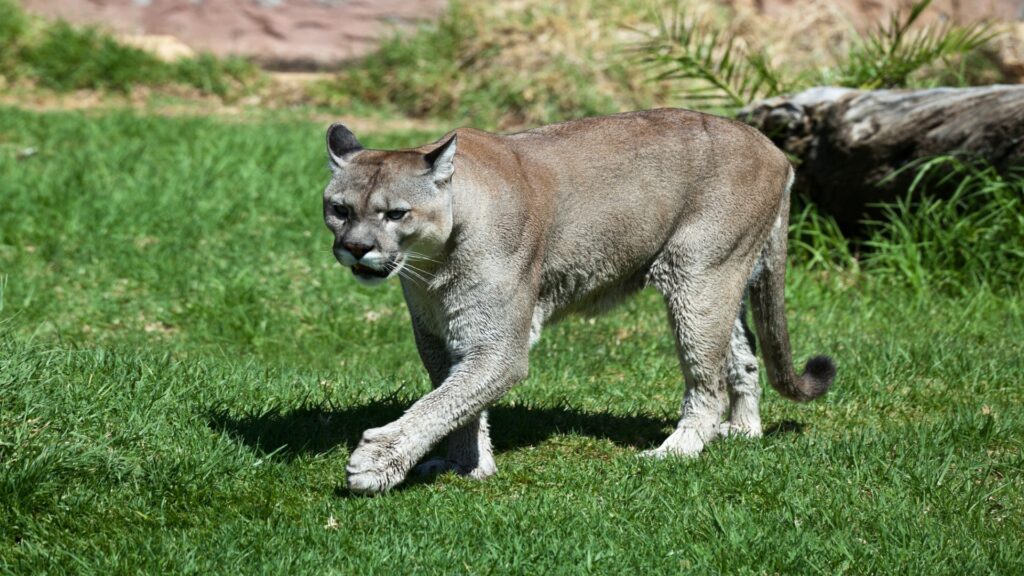
Mountain lions and deer have co-evolved over thousands of years, developing a natural predator-prey relationship that helps maintain ecological balance. This relationship isn’t simply about one species consuming another—it represents a sophisticated evolutionary dance where predator and prey continuously adapt to each other’s strategies. Deer have developed keen senses, especially hearing and smell, along with impressive speed and agility to evade mountain lions.
Conversely, mountain lions have evolved stealth, powerful limbs, and hunting strategies specifically adapted to capturing deer, which typically constitute 60-80% of their diet in many regions. This co-evolutionary relationship ensures that neither population completely dominates the ecosystem, creating a natural check-and-balance system that promotes biodiversity.
Mountain Lion Hunting Behavior
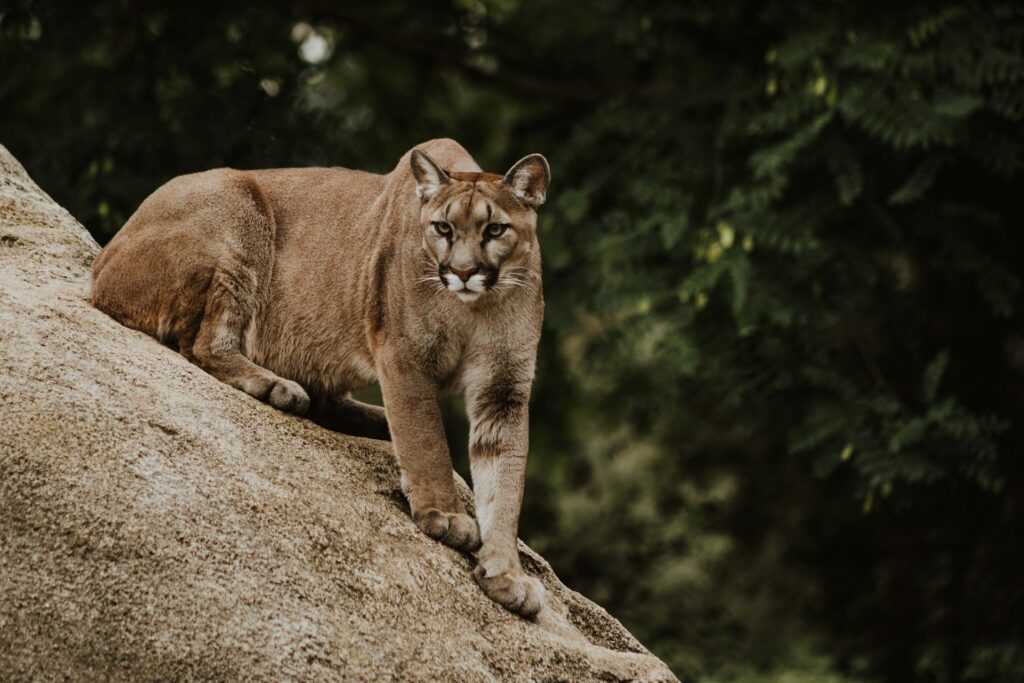
Mountain lions employ sophisticated hunting techniques that have evolved specifically for efficiently preying on deer. These solitary ambush predators rely on stealth rather than stamina, typically stalking their prey from cover and attacking with a powerful, often fatal pounce. Research shows mountain lions prefer to attack from elevated positions when possible, using terrain to their advantage. They typically kill with a precise bite to the neck or base of the skull, targeting vulnerable points with remarkable consistency.
After a successful hunt, a mountain lion may feed on a deer carcass for several days, often covering the remains with debris and returning to continue feeding, a behavior that maximizes the nutritional benefit from each kill and reduces the frequency with which they need to hunt.
Demographic Impacts on Deer Herds
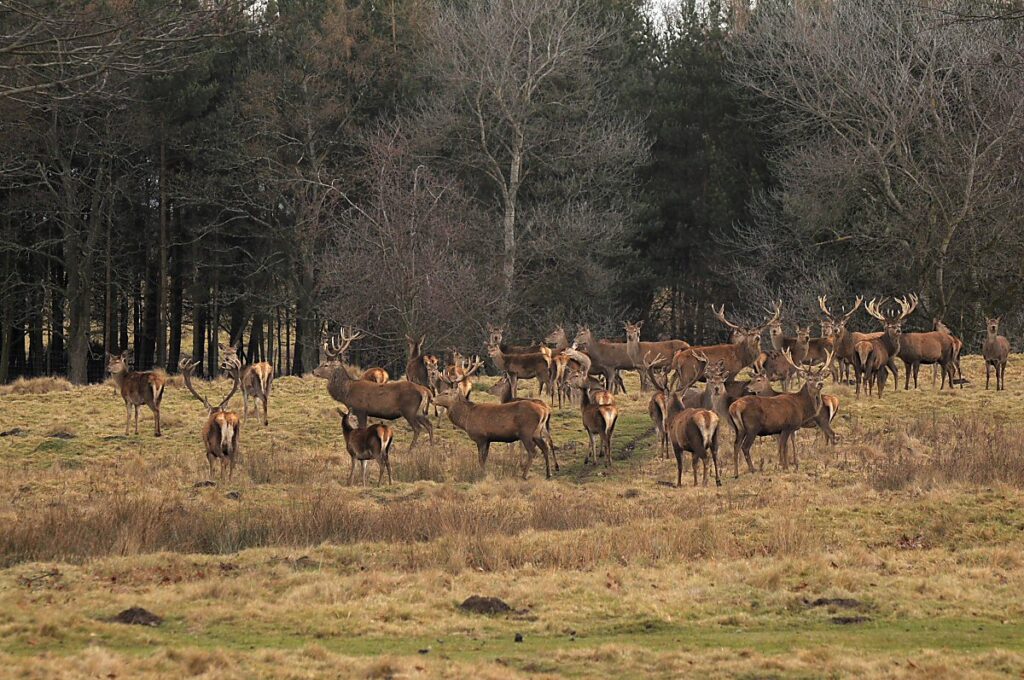
Mountain lion predation affects deer populations not just through numerical reduction but by influencing the demographic composition of deer herds. Studies demonstrate that mountain lions typically select the most vulnerable individuals—the very young, the elderly, or the weak and injured—creating a natural selection pressure that can strengthen the overall deer population. This selective predation differs significantly from human hunting, which often targets prime-aged males with large antlers.
Research from areas like the Greater Yellowstone Ecosystem shows that where mountain lions remain present, deer herds maintain more balanced sex ratios and age structures compared to areas where predators have been eliminated. Over generations, this selective pressure can lead to genetically healthier deer populations with stronger adaptive traits for survival.
Preventing Deer Overpopulation
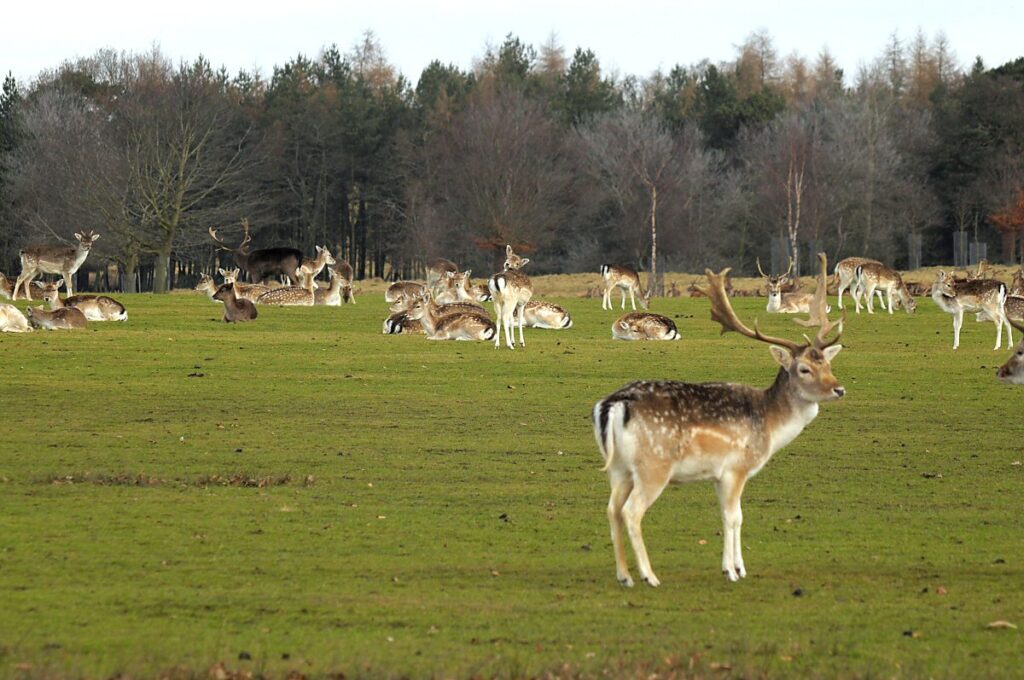
Perhaps the most visible ecological contribution of mountain lions is their role in preventing deer overpopulation, a growing problem in many regions of North America. Without natural predators, deer populations can increase exponentially, often exceeding the carrying capacity of their habitat. Studies from multiple states show that a single adult mountain lion typically kills between 30 and 50 deer annually, providing a continuous population check that human hunting seasons alone cannot replicate.
In areas where mountain lions have been eliminated, wildlife managers often struggle with deer overpopulation issues, including habitat degradation, increased deer-vehicle collisions, and greater prevalence of deer-related diseases. The year-round predation pressure from mountain lions helps maintain deer numbers within sustainable limits that better match their habitat’s carrying capacity.
Trophic Cascades and Ecosystem Health

Mountain lion predation on deer creates ripple effects throughout ecosystems in what ecologists call “trophic cascades”—changes that influence multiple levels of the food web. When mountain lions control deer populations, vegetation that would otherwise be overgrazed has the opportunity to recover and thrive. Research in places like Zion National Park demonstrates how areas with active mountain lion populations maintain healthier riparian zones with more diverse plant communities compared to areas where predators have been excluded.
This vegetation recovery benefits countless other species, from songbirds that nest in understory shrubs to beavers that rely on certain tree species. Additionally, by reducing deer numbers, mountain lions indirectly affect scavenger populations like ravens, coyotes, and numerous invertebrates that feed on prey remains, highlighting the predator’s role as an ecosystem engineer.
Spatial Effects on Deer Behavior
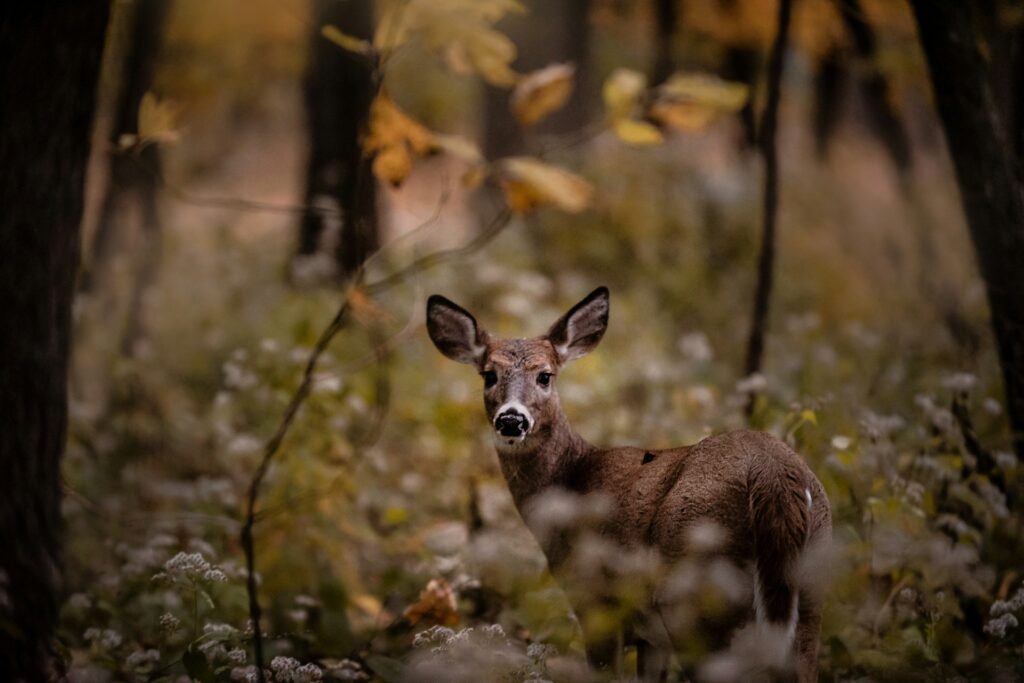
Beyond direct mortality, mountain lions create what ecologists call a “landscape of fear” that changes deer behavior and habitat use patterns. Deer in areas with mountain lions typically exhibit heightened vigilance, spending less time feeding in any single location and avoiding areas where predator encounters are more likely. Studies using GPS collars show that deer modify their movements significantly in response to mountain lion presence, often avoiding habitats that would otherwise provide optimal foraging opportunities if those areas increase predation risk.
This behavioral modification creates a more dynamic ecosystem where different habitat patches experience varying levels of deer browsing pressure rather than uniform overgrazing. In areas of Yosemite National Park, researchers have documented how this landscape of fear results in mosaic patterns of vegetation recovery, increasing habitat heterogeneity and ecological diversity.
Comparison to Human Hunting
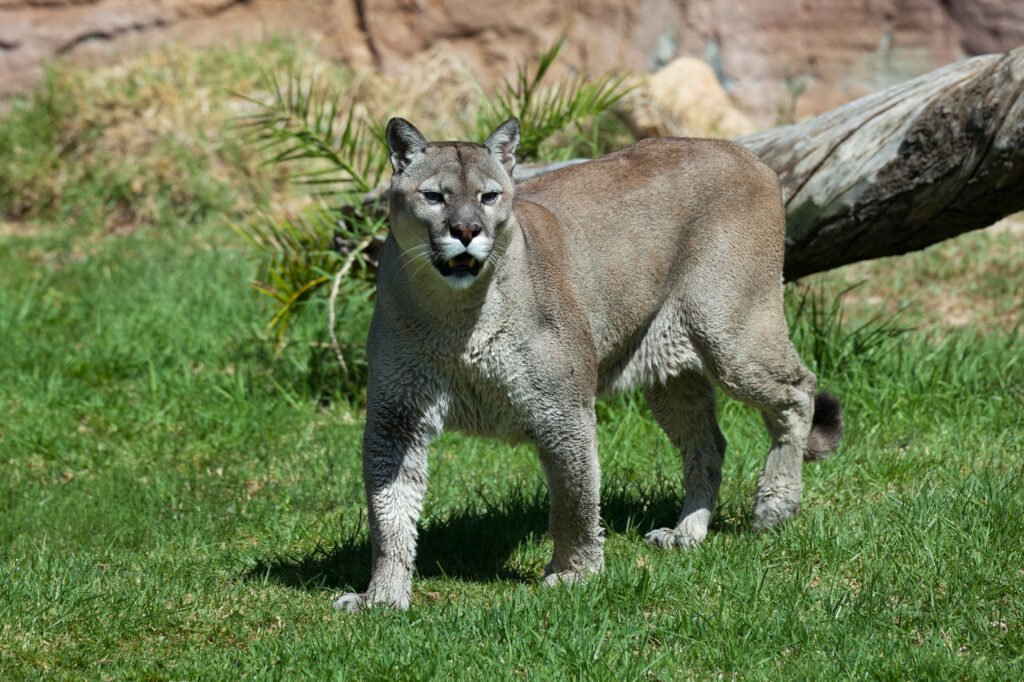
While both human hunting and mountain lion predation remove deer from the population, their ecological effects differ substantially. Human hunting typically occurs during limited seasons, often targets specific demographics (frequently mature males), and tends to be concentrated in accessible areas. Mountain lions, by contrast, hunt year-round, primarily target vulnerable individuals, and operate throughout their territory, including remote areas inaccessible to most hunters.
Research from Washington State University indicates that human hunting may sometimes create different selection pressures than natural predation, potentially affecting deer evolution in ways that natural predation would not. Additionally, unlike mountain lions, human hunters rarely consume the entire carcass, resulting in different nutrient cycling patterns within the ecosystem compared to natural predation, where carcasses are more thoroughly utilized.
Challenges of Human Development
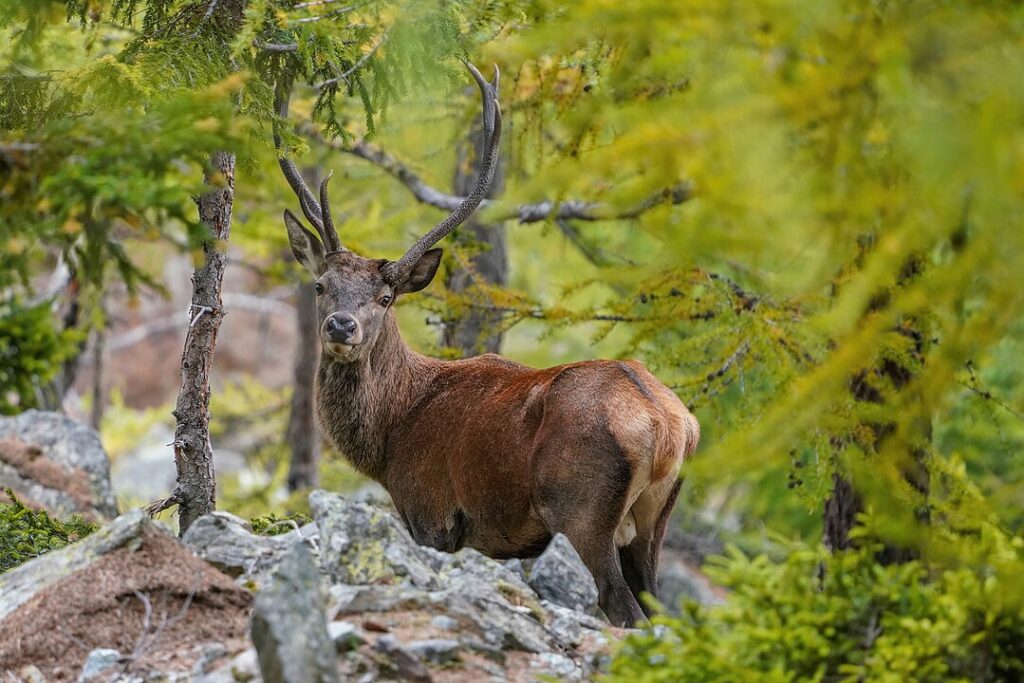
Human development poses significant challenges to the natural predator-prey dynamics between mountain lions and deer. Habitat fragmentation from roads, housing developments, and agricultural expansion disrupts traditional movement corridors for both species, often concentrating deer in semi-protected suburban areas where mountain lions cannot effectively hunt. Studies in California have documented how urban interfaces create “predator-free zones” where deer numbers can increase dramatically without natural controls.
Additionally, mountain lions that attempt to follow deer populations into human-dominated landscapes face increased mortality risks from vehicle collisions and conflict-related removals. Conservation biologists increasingly recognize that maintaining functional predator-prey relationships requires protecting not just isolated habitat patches but connected landscape corridors that allow natural movements and interactions between species.
Scientific Monitoring Methods

Modern wildlife science employs sophisticated techniques to study and monitor the complex relationship between mountain lions and deer populations. GPS collar technology allows researchers to track both predator and prey movements with unprecedented precision, documenting hunting success rates, kill locations, and behavioral responses. Camera trap arrays provide non-invasive population monitoring, helping estimate densities of both species across large landscapes. DNA analysis from scat and hair samples offers insights into mountain lion diet composition, genetic health, and population connectivity.
Perhaps most importantly, long-term research projects in areas like the Greater Yellowstone Ecosystem and California’s Santa Cruz Mountains provide critical data on how these predator-prey relationships function over decades rather than just seasons, revealing patterns that shorter studies might miss and helping wildlife managers understand how these ecological relationships respond to changing environmental conditions.
Management Implications
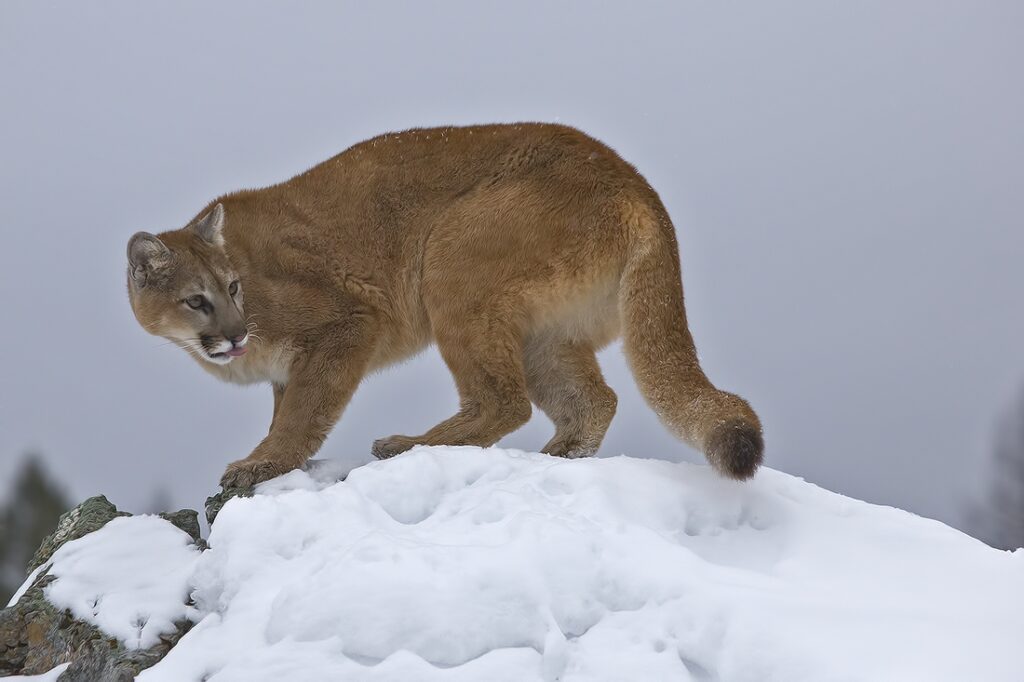
Understanding the role of mountain lions in controlling deer populations has profound implications for wildlife management practices. In regions experiencing deer overpopulation issues, conservation of mountain lion populations represents a natural, self-sustaining approach to population control that requires less direct human intervention than traditional management. Wildlife agencies increasingly incorporate predator-prey dynamics into their deer management plans, recognizing that simply focusing on deer harvest numbers without considering predator influences provides an incomplete picture.
Some progressive management approaches now include predator protection zones where mountain lion hunting is restricted specifically to help control problematic deer numbers. Additionally, economic analyses suggest that maintaining natural predators can be cost-effective compared to dealing with consequences of deer overpopulation such as vegetation damage, agricultural losses, and increased vehicle collisions.
Public Perception Challenges

Despite their ecological importance, mountain lions face significant challenges from negative public perceptions about their role in deer population control. Many hunting organizations historically viewed predators as competition, advocating for predator control to increase deer numbers for human hunters. This perspective, while changing, remains influential in some wildlife management decisions. Public safety concerns, though statistically unwarranted given the extremely low risk of mountain lion attacks, continue to drive negative attitudes toward maintaining predator populations near human communities.
Media coverage often sensationalizes rare negative interactions while underreporting the ecological benefits predators provide. Educational outreach by conservation organizations and wildlife agencies plays a crucial role in helping the public understand that healthy mountain lion populations typically contribute to healthier deer populations and ecosystems, challenging the misconception that predator and prey conservation goals are necessarily in conflict.
Case Studies of Predator Recolonization
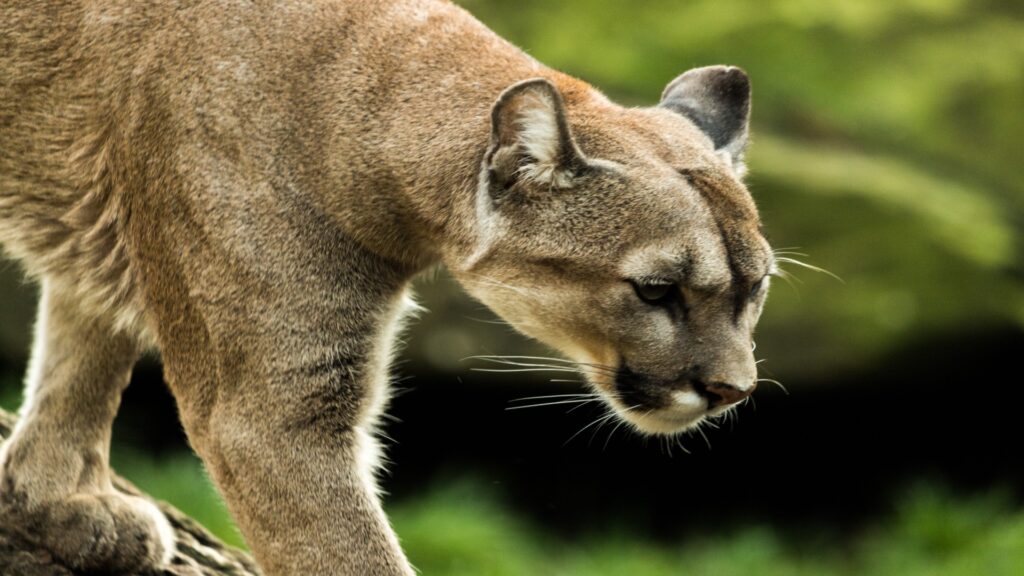
Several natural experiments have provided valuable insights into how mountain lion presence affects deer populations. In parts of the midwestern United States where mountain lions have begun recolonizing after decades of absence, wildlife biologists have documented gradual reductions in deer density and changes in deer behavior. The Black Hills of South Dakota represent one of the best-studied cases, where mountain lion recovery since the 1990s has helped moderate deer numbers that had previously exceeded habitat carrying capacity.
In California’s Santa Cruz Mountains, long-term research reveals how even a small mountain lion population significantly impacts local deer dynamics through both direct predation and behavioral effects. Perhaps most dramatically, studies from areas where mountain lions were eliminated and then returned show how quickly ecosystem recovery can begin once natural predator-prey relationships are restored, with vegetation rebounding as deer browsing becomes less intensive and more patchily distributed across the landscape.
Future Research Directions

Despite decades of study, significant questions remain about the complex relationship between mountain lions and deer populations. Researchers are increasingly focusing on how climate change may alter these interactions, potentially shifting prey availability, predator hunting success, and habitat suitability for both species. New genetic and hormonal analysis techniques offer promising tools for understanding stress responses in prey populations and how these affect reproduction and survival rates under predation pressure.
More sophisticated population models incorporating both predator and prey dynamics allow better prediction of management outcomes under different scenarios. Interdisciplinary research combining ecology with social science also examines how human attitudes toward predators might be shifted to allow greater tolerance for natural population control mechanisms. As habitat fragmentation continues and human-wildlife interfaces expand, understanding and maintaining functional predator-prey relationships becomes increasingly important for ecosystem management in the 21st century.
Conclusion
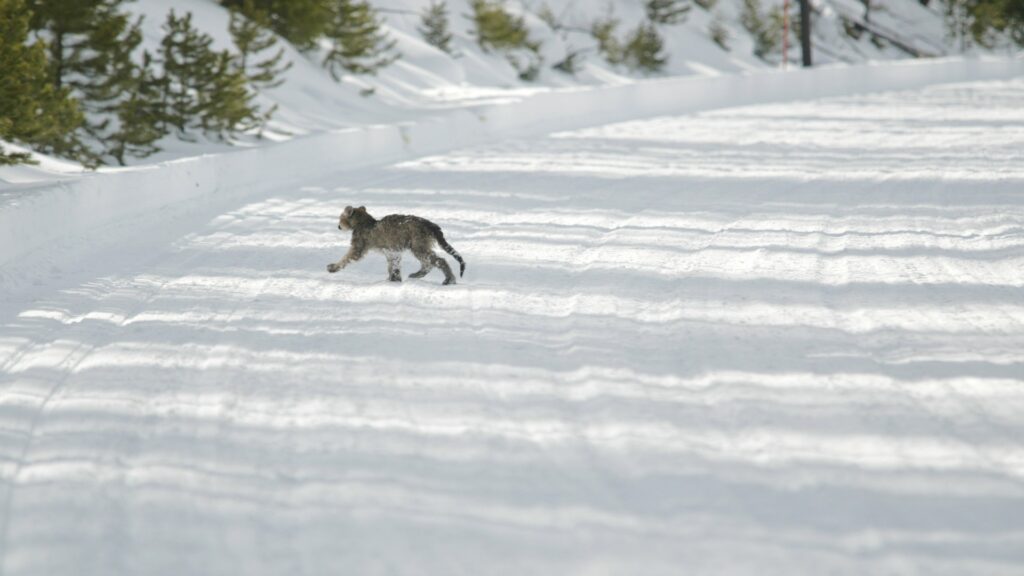
Mountain lions serve as nature’s deer population managers, providing ecological services that extend far beyond simple predator-prey dynamics. Their hunting behavior shapes not only deer numbers but also deer behavior, herd demographics, and ultimately entire ecosystem structures. While human hunting and development have disrupted many of these natural relationships, increasing scientific understanding offers hope for more integrated approaches to wildlife management that recognize predators as essential components of healthy ecosystems.
The challenge remains balancing human needs and perceptions with ecological realities. Mountain lions cannot control deer populations in heavily developed landscapes where predators cannot safely exist, but in areas where sufficient habitat remains, these magnificent cats continue their ancient ecological role, helping maintain the natural balance that shaped North America’s ecosystems for millennia.

